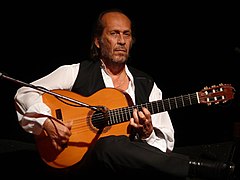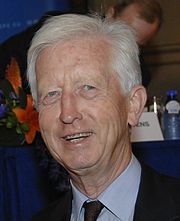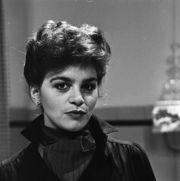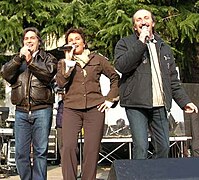Design
Design
Personality
Chart Properties
Your Cross represents the specific theme of your life. This cross embodies your unique potential & the lessons you're here to learn, providing a roadmap to fulfilling your life purpose.
We use the UTC birth time and date to do the calculations required to generate your Human Design chart.
Buy Tokens
Pay as you use, no expiry and no subscription required.Jenny Kee's Biography
Australian fashion designer and retailer of knitwear, textile and accessories, a celebrity artist and a conservationist.
Jenny Kee has been a pioneer in fashion design by using colors and designs of the Australian bush that, like her personality, are vibrant, bright and bold. She was born at Bondi Beach in Sydney in 1947 to a Cantonese businessman father and Italian/British mother: “My father is full Chinese, his family came out with the gold rushes in the 1850s. My mother is half Italian and half Anglo-Saxon, being Scottish, Irish and English. So you see I am a mixture, a full mixture. I am the original melting pot.” At the local government school she wasn’t afraid to stand up to bullies. “I did have a problem with racist taunts when I was young, but it made me sort of tougher. I will stand up to anyone and I’m proud of who I am. I feel it was having the combination of those different cultures is what really made me … so vivacious.”
In 1963 Kee began studying fashion design in Sydney, but was not allowed to design the colourful clothes she wanted. “They would say to me — you can’t design what you’re wearing.” Considering Australia “a very, very bland place,” she traveled to swinging London in 1965. After working with Vernon Lambert at his Chelsea Antique Market selling vintage couture from 1967, Kee returned to Sydney in 1972 full of creative ideas, and opened the boutique, Flamingo Park Frock Salon, 1973-94. Joined in the enterprise by designer Linda Jackson, Kee established a signature label “Jenny Kee.”
For a decade, the dynamic and innovative partners made exciting use of Australian flora and fauna in their characteristically colorful designs. The sign above the shop door reads “Welcome to Paradise.” Kee’s uniquely-Australian, hand-knitted, pure Aussie wool jumpers (sweaters) appeared in 1974.
Married to artist Michael Ramsden and with a daughter, Grace, Kee moved to the Blue Mountains west of Sydney in 1976, incorporating the colours of the bush and wildlife into her designs. Claiming the Waratah, a gorgeous native red flower, as her totem, she has said, “I wear red, my lips are red, the color I love, my favourite color is red.”
Five weeks later life changed dramatically when Kee and Grace survived Australia’s worst railway disaster, the Granville Train Crash (83 people died, 1/18/1977 08:12 am AEDT, Sydney). As therapy after the trauma, Kee started painting, then turned her brush to opals, tropical fish, exotic parrots, flowers and animals that were printed onto exotic silks. In 1977, Kee & Jackson’s ‘Flower Series’ toured Europe. Italian Vogue featured a full-color center-spread of the designs that were used by Chanel in Paris. Kee staged an exhibition of rugs in Sydney in 1983, the same year that Karl Lagerfeld commissioned opal-print fabrics for a Chanel prêt-a-porter collection.
Kee closed Flamingo Park in 1994 and donated her clothing collection to the Powerhouse Museum, Sydney. Continuing to paint, she became a passionate conservationist. Of the unique Australian environment, she’s said: “I don’t want to see it destroyed because I love being in it and all my inspiration comes from it. Nature is the greatest learning place, you can observe things in nature and you observe things in yourself.”
Kee contributed designs for the Opening Ceremony of the Sydney 2000 Olympic Games. In 2001, at age 54 she lost her partner of ten years, sculptor Danton Hughes, aged 33, to suicide. Kee returned to their Blue Mountains home (that Hughes had recently renovated reportedly as his ‘monument’) to tragically find his body in their bedroom four days after his April 15th death. Hughes was the son of Robert Hughes, the famous Australian-born, New York-based art critic.
Link to Wikipedia biography
Jenny Kee
Your Cross represents the specific theme of your life. This cross embodies your unique potential & the lessons you're here to learn, providing a roadmap to fulfilling your life purpose.
We use the UTC birth time and date to do the calculations required to generate your Human Design chart.








